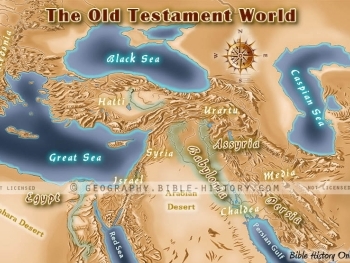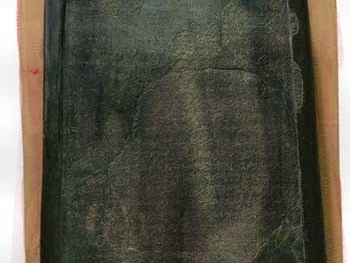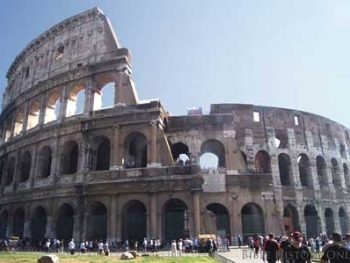
The Arch of Titus is one of Rome’s most famous monuments. It was built to commemorate the victories of Titus and Vespasian in the war against the Jews and their complete destruction in 70 AD. One wall relief inside the arch shows the spoils of the great Temple in Jerusalem before its annihilation as predicted by Jesus. Another relief depicts the apotheosis of Titus who is carried to heaven on the wings of an eagle.
Source:














